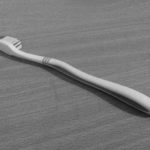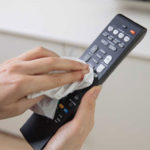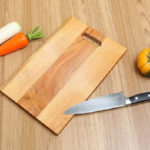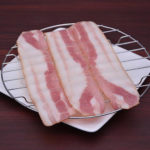Kitchen Sink
Although a lot of water flows through the kitchen sink every day, it is still a hiding place for many bacteria, especially at the connection between the sink and the countertop, around the drain hole, and the garbage disposal unit.
According to the National Sanitation Foundation (NSF) in the US, 45% of tested kitchen sinks contain E. coli bacteria or coliform bacteria.
Kitchen sinks should be disinfected daily or after each cooking or dishwashing session. Don’t forget the faucet and the area around the sink, as food debris often splatters here whenever you wash dishes or produce.
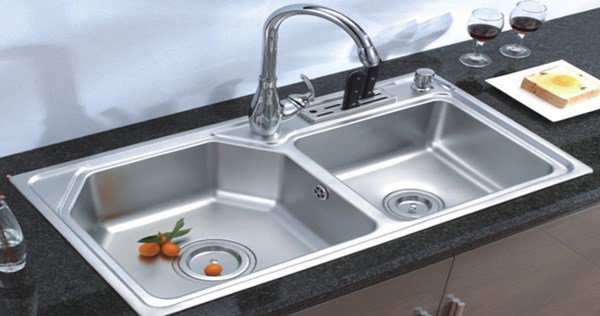
Dish-Washing Sponge
In the kitchen, the dirtiest item is the dish-washing sponge. There are about 10 million bacteria per square meter on a foam sponge and about one million bacteria on a cloth sponge. Among them are E. coli and Salmonella (bacteria that make food toxic). These bacteria can cling to dishes, pass through food, and cause diseases in the body. Using a dirty sponge means spreading bacteria in the kitchen.
To maintain hygiene, the dish-washing sponge should be thoroughly washed by hand or put in the washing machine with detergent after each use. Then hang it in a well-ventilated area to air dry naturally.
The longer a dish-washing sponge is used, the more bacteria it contains. If possible, after cleaning, put the sponge in the microwave for 1-2 minutes. This will reduce the moisture content of the sponge and kill any living bacteria.
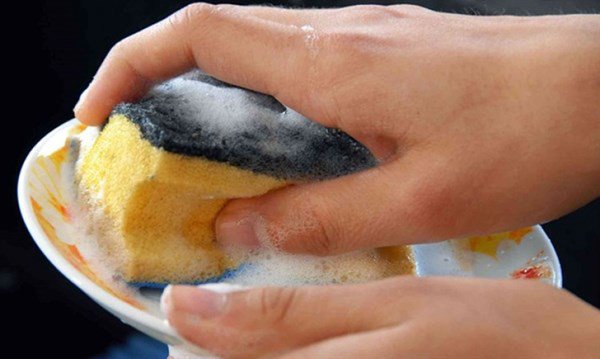
Avoid using chemical or steel wool dish-washing sponges because during the scrubbing process, the thin steel fibers and chemical fibers can easily come off and stick to food. Once they enter the body, these substances are difficult to digest and can cause intestinal diseases.
For dish-washing sponges, choose ones made of 100% wood fibers or natural fibers without any chemical additives. These sponges are highly absorbent, do not become greasy when used, and easily wipe away dirt on kitchen dishes.
Kitchen Towel
The kitchen towel is a familiar item used for a variety of purposes such as drying hands, wiping cutlery, lifting hot pots, or cleaning countertops. However, 49% of kitchen towels, according to researchers, contain a large amount of bacteria.
Among the “residents” on kitchen towels, 37% are E. coli bacteria, 37% are Enterococcus bacteria (intestinal bacteria), and 14% are Staphylococcus aureus. The common characteristic of these kitchen towels is that they have been used for a month without being washed. And the more people in the household and the more children, the higher the bacterial count on the towels.
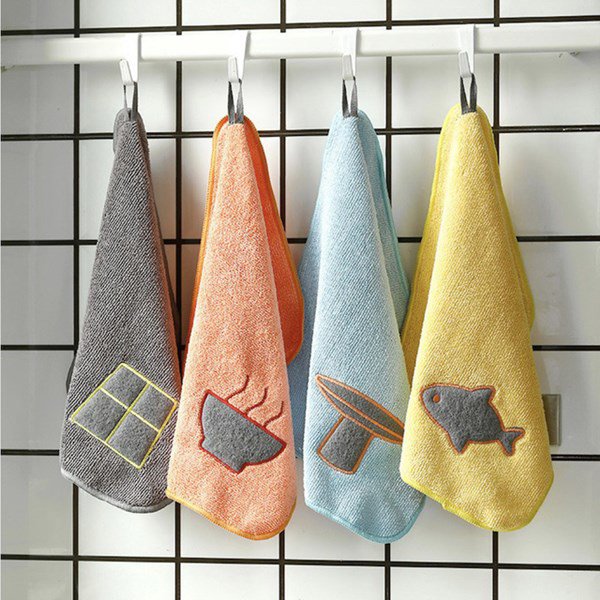
Cutting Board
Many families still have the habit of using a single cutting board for all cooking steps. After cutting raw meat or fish, they usually rinse it quickly before cutting vegetables or even cooked food.
According to experts, this is extremely dangerous because raw foods like meat and fish contain many bacteria and parasites. If you use the same cutting board for both raw and cooked food, these bacteria can easily transfer to the food, causing food poisoning and digestive diseases.
To avoid this, instead of buying 2 separate cutting boards, many families use a double-sided board to save money. One side is used for cutting raw food, and the other side is used for cutting cooked food. In reality, the flat surface used to support the cutting board, such as the kitchen counter or floor, is often a source of contamination. When you place the cutting board down, bacteria have already stuck to the underside of the board. Therefore, every family should have 2 cutting boards, one for raw food and one for cooked food.
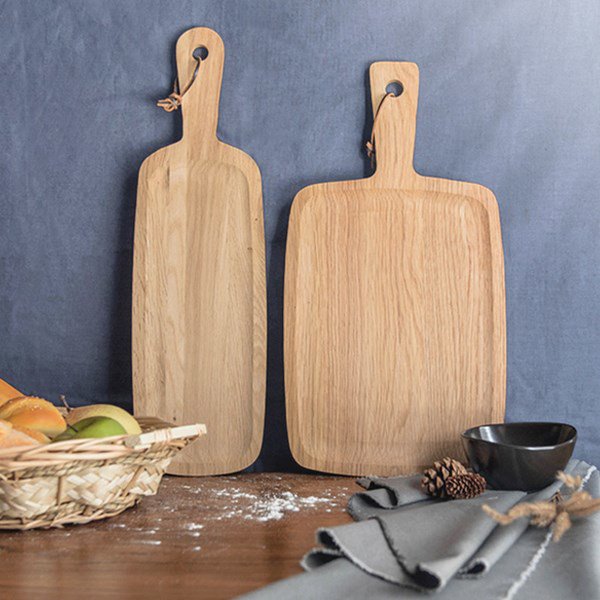
Kitchen Countertop
One of the dirtiest areas in the kitchen is the countertop. This is where all cooking activities take place. During food preparation, this area often gets dirty due to raw ingredients, splashed water from washing fruits and vegetables, meat, and fish.
These bacteria can also be found on the surface of the countertop. Other areas such as the location of blenders and coffee makers are also ideal breeding grounds for Coliform and E. coli bacteria if they are not cleaned regularly.

Knife Storage
Knife storage holders rank among the top 10 items with the highest number of germs in the house. Wooden knife holders, in particular, can contain yeast and mold, especially if you put a wet knife in the holder.
Take the knives out and thoroughly clean them with soap and water. Scrub the slots with a narrow brush or a pipe cleaner. Then, soak the holder or wipe it with water mixed with half a spoonful of bleach in 2 liters of water. Place the holder upside down to dry.
The invasion of bacteria in the kitchen does not end there. Handle grips, knobs, dish sponges, and kitchen towels are also the most visited places by bacteria and require extra attention.
According to Thoidaiplus
8 Common Mistakes People Make with Cutting Boards
Are you using your cutting board correctly? Many Vietnamese households rely on cutting boards in their kitchen, but not everyone knows how to use them properly, especially when it comes to wooden cutting boards. Check out these 8 mistakes to avoid when using a cutting board to ensure both hygiene and safety for everyone in your family.

























